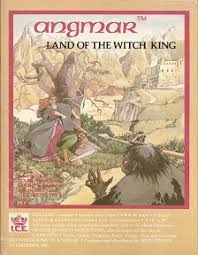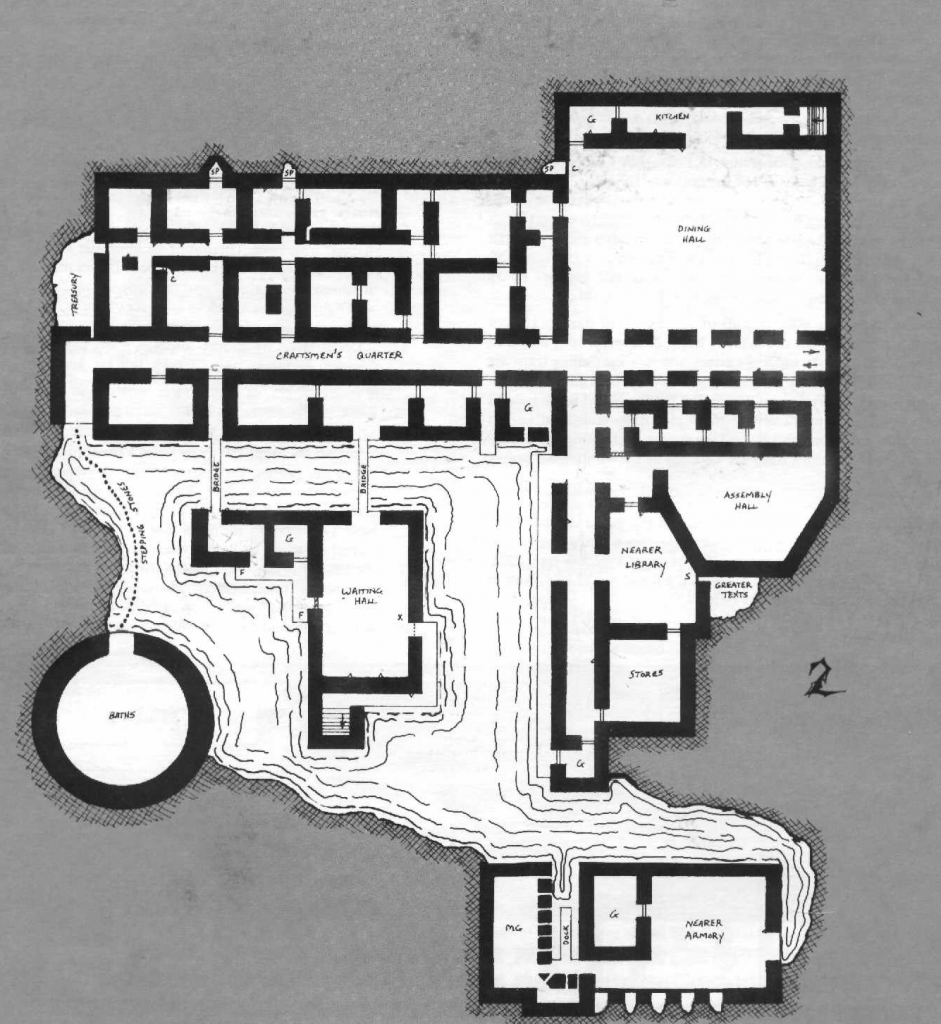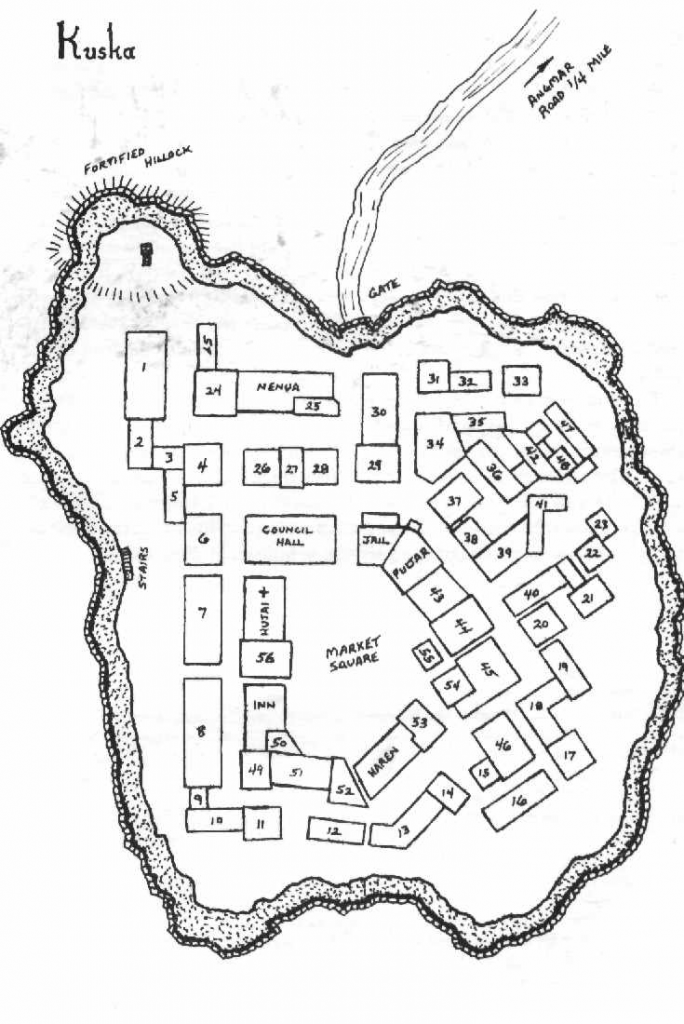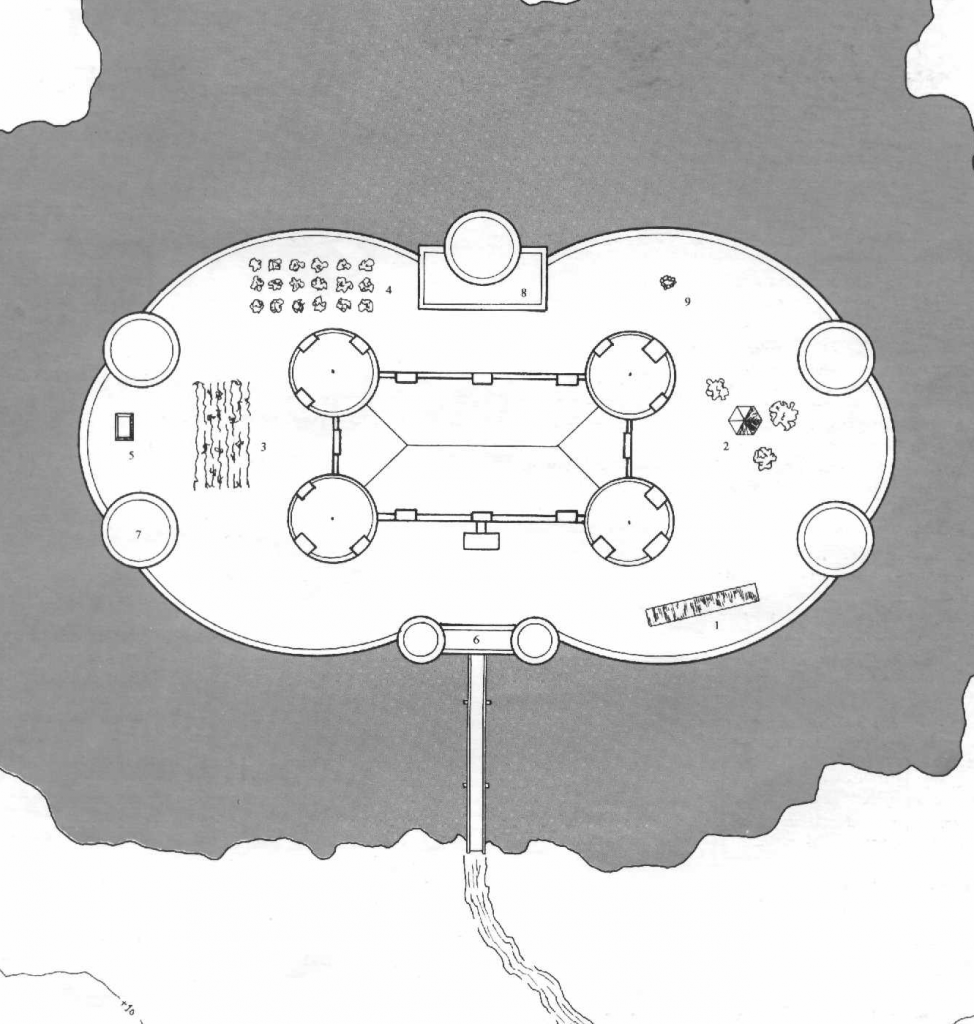With RMu seemingly close to release, I’ve left my BASiL project on the back burner for quite some time. As I mentioned in previous posts, I’m focusing more on game content rather than rules or rule hacks. Rolemaster & Shadow World needs more game support, not more Companions or optional rules. Plus, I’ve found everyone is fairly set in their ways using their own house rules, are waiting for RMu, or I rapidly change my own house rules as I progress. In fact, my participation here on the Rolemasterblog has slowly shifted me to more “rule light” than my previous drift to rule density. I like grittiness but am pushing back on complexity.
Eladans participation here on the RMBlog and over at the Forums, has re-opened some of the broader discussions on spells, lists, base lists and spell functioning. I had some thoughts rolling around, so I thought I would excise them via a blog post! An older summary can be found HERE.
- Revisting Spell Law Mechanics.
- Essence. Mechanics. The skill bonus is the appropriate Magical Language Skill. You can read more thoughts on this HERE.
- Channeling. You can read some thoughts HERE, and I’ve written extensively on this blog about channeling.
- Mentalism. I probably tinker with Mentalism more than any other “realm”. Here are my last thoughts about this. There were some comments and concerns about the impact of concentration on gameplay. Lately, I’ve been allowing the total number of spell levels cast not to exceed the total ranks in Mental Focus. So 10 ranks of Mental Focus would allow the caster to have 10 1st level spells “running” or 2 5th lvl spells etc. It’s less complicated but still models the appeal of “partitioning” that comes from Mental Focus.
- Notational Magic. Eladan’s posts over on the Forums, made me revisit some of my thoughts on Notational magic. You can read my original post HERE.
- Investiture/Enchanting. I haven’t done a deep dive on my solutions for imbedding and creating magical items. Mostly because the spell lists are fairly simple, much of the sausage making takes place out of game time and I built a very simple system for making magic items in game time. Some thoughts can be found HERE.
- Rendered/Performance Magic. I haven’t written much about this at all. First I need to put a lot more time into this, it’s potentially the most complex and interesting realm and it could add a lot of new magical layers to the Spell Law system. The concept of magic as performance is not new or novel, but utilizing it in gameplay can be.
This is just a summary of a handful of relevant posts I’ve made over the last 5 years! My thoughts and views evolve, but I always enjoy other thinking “outside the box”!


















